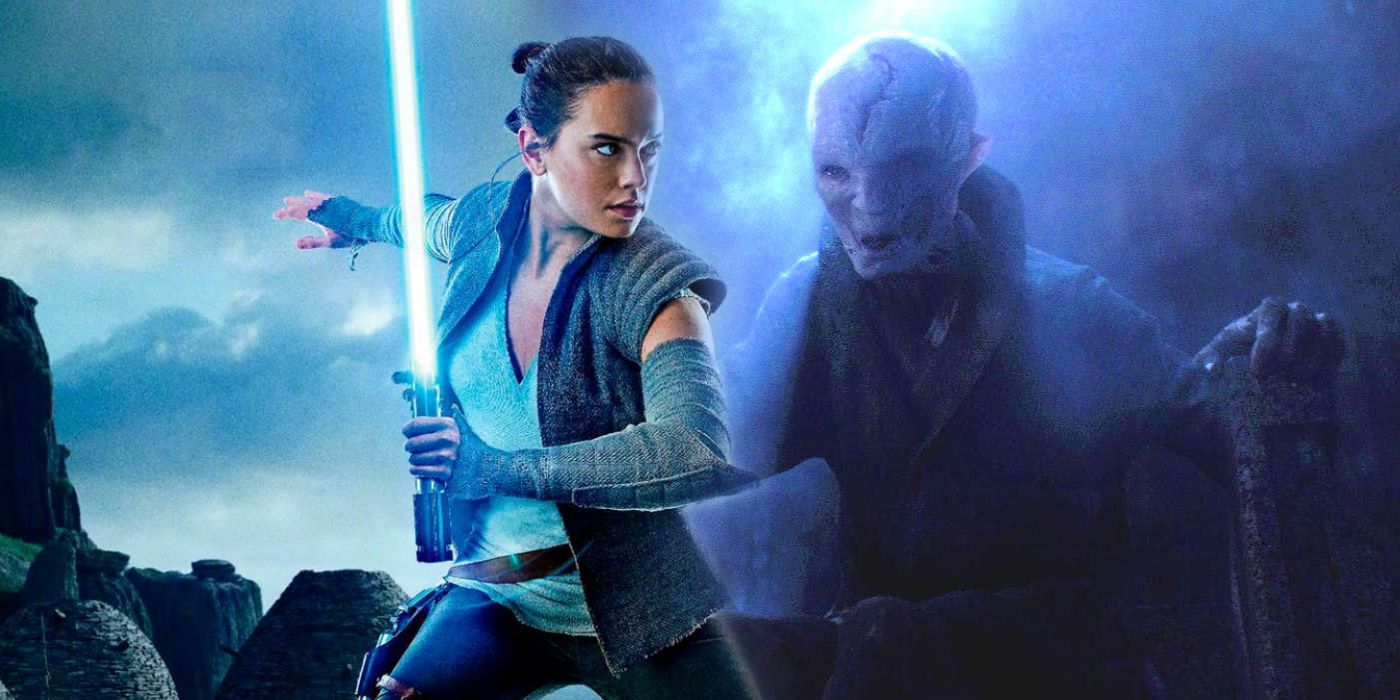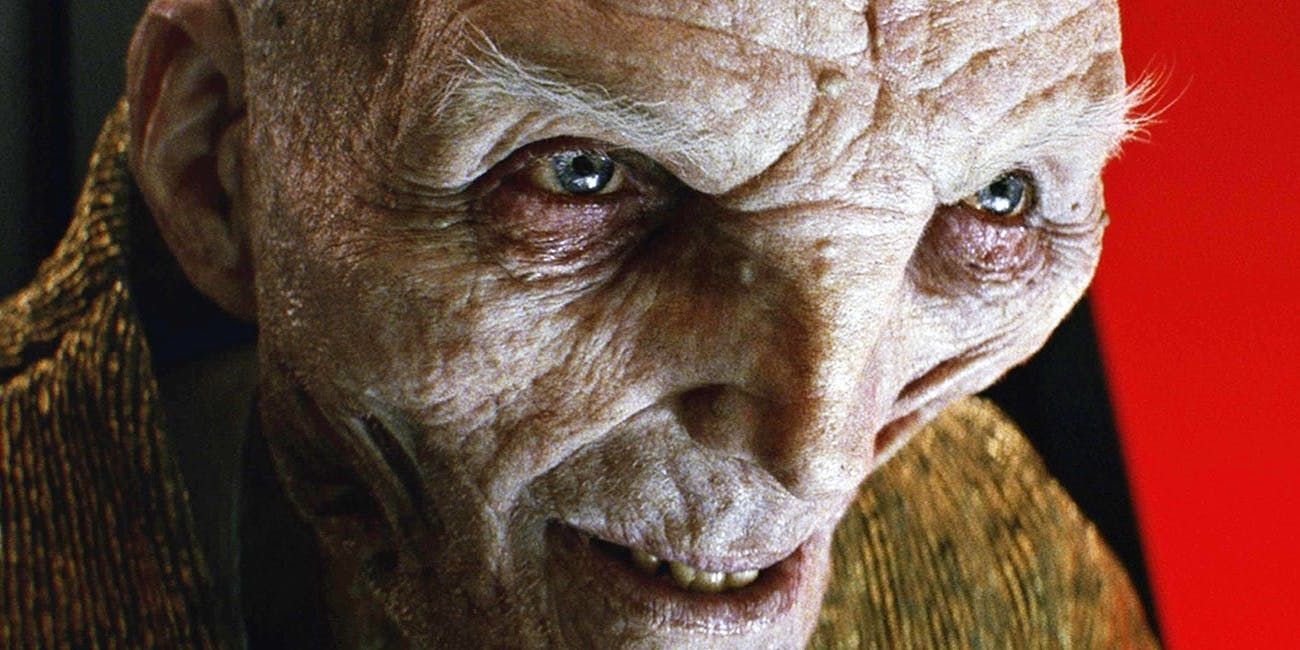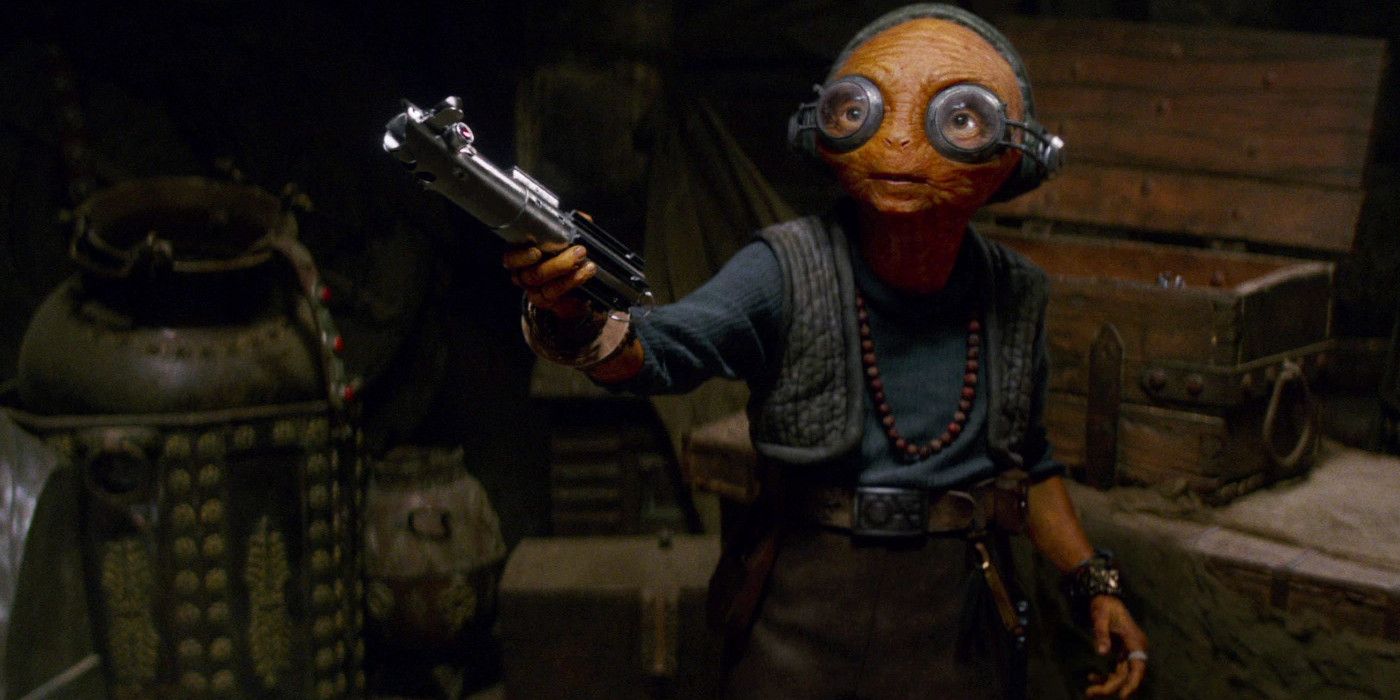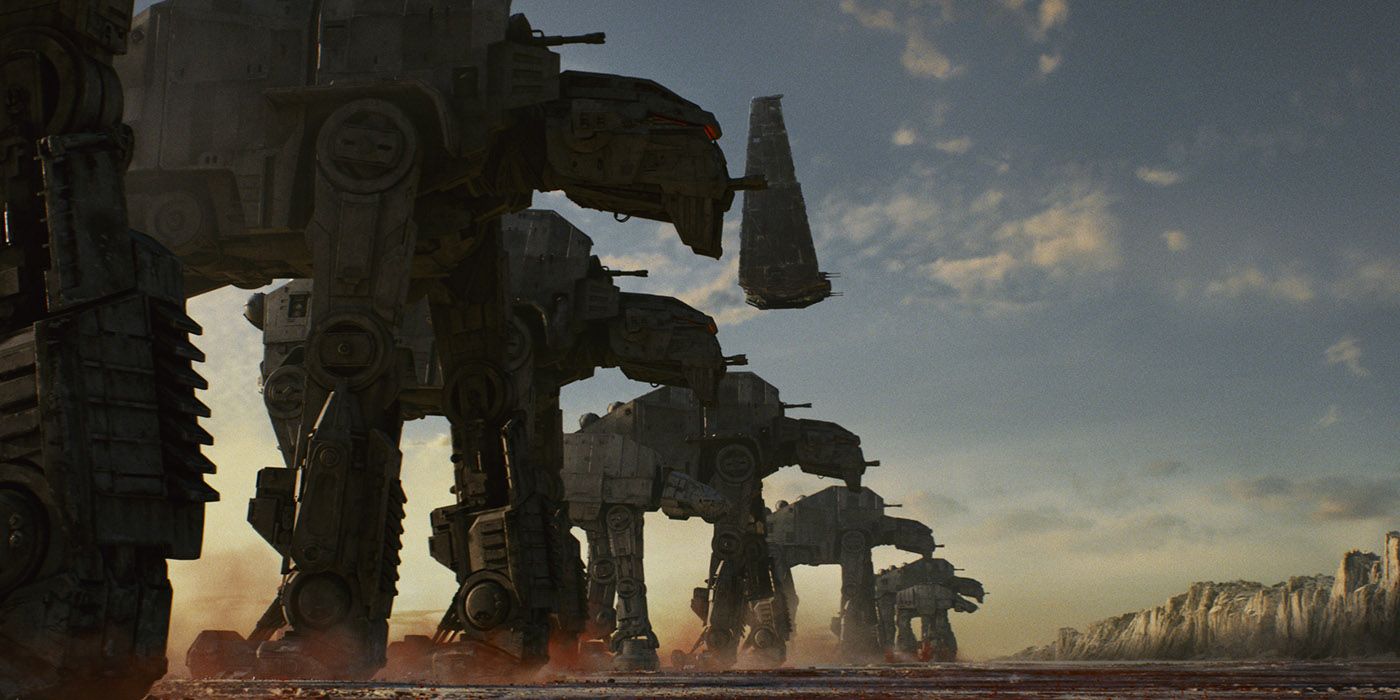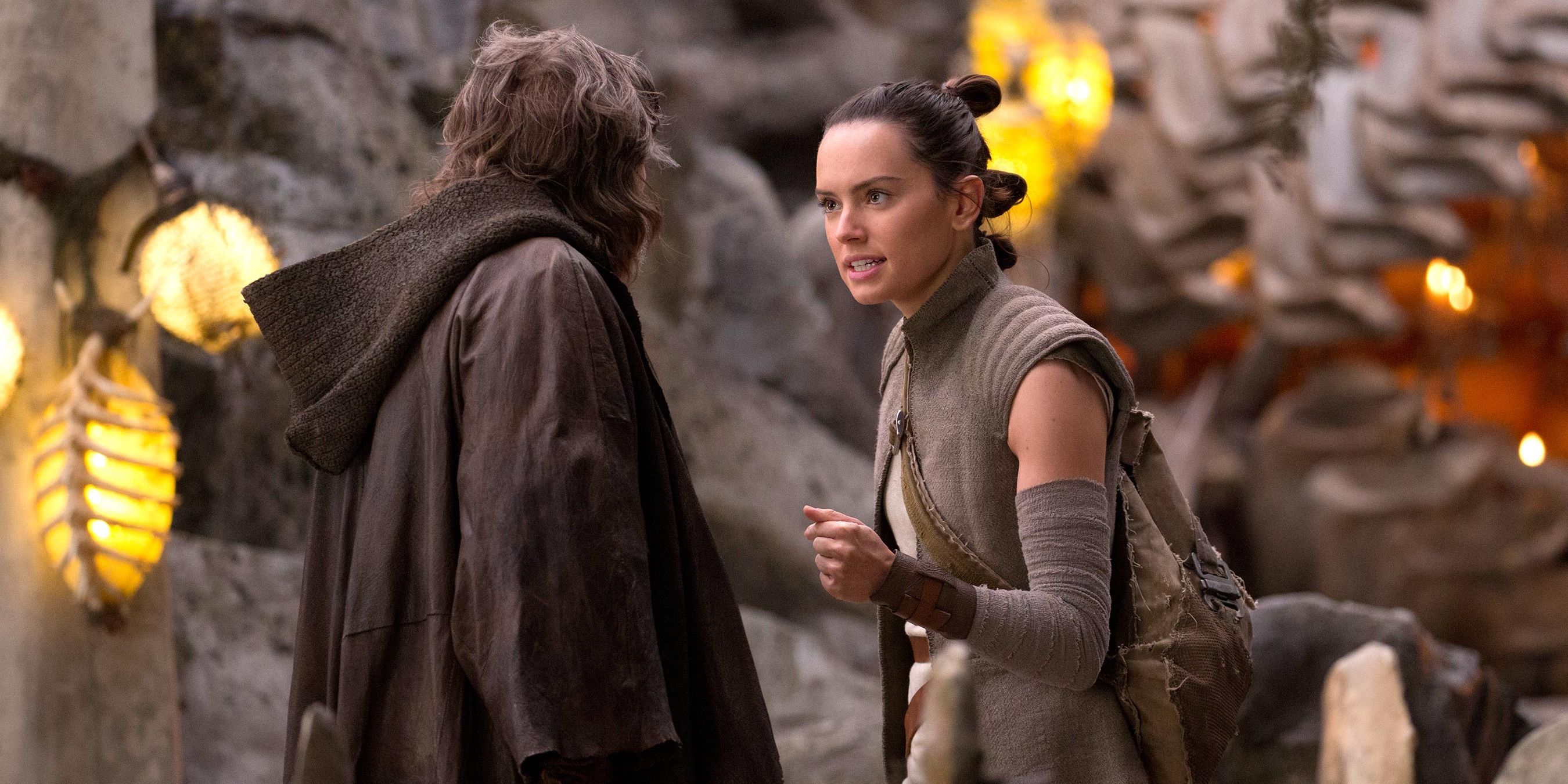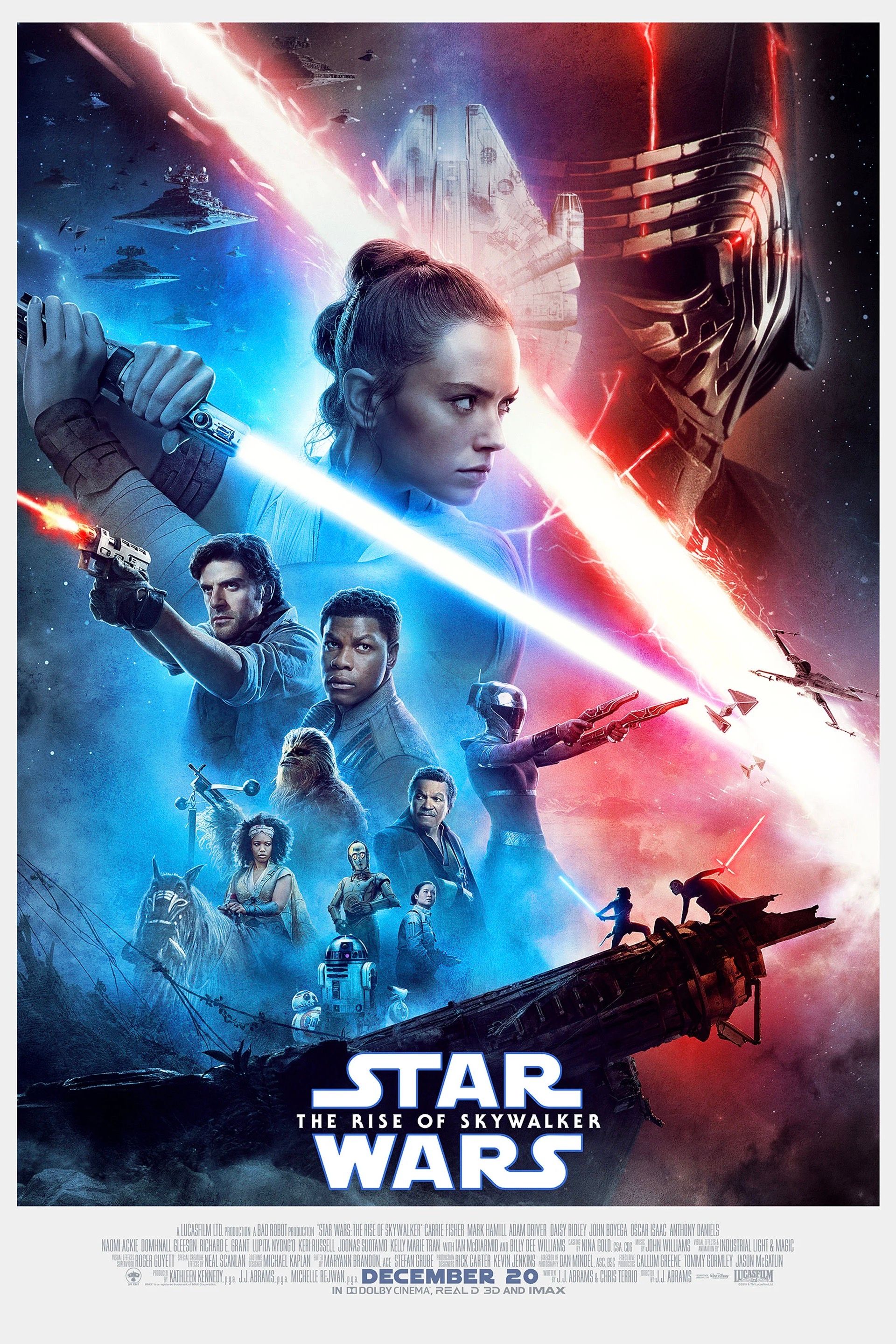Star Wars: The Last Jedi had its fair share of ups and downs, and twists and turns - and that's partly what makes the film so divisive amongst Star Wars fans. Continuing an established narrative can offer a great pay off for fans of whichever movie came before, but that can also be detrimental to a sequel, which then isn't given enough breathing room to strike out on its own. That's not exactly what happened with The Last Jedi.
Rather than clean up all the loose ends from Star Wars: The Force Awakens, Episode VIII takes audiences on a new journey, one that's filled with several of its own stories. The fact is, a lot of plot points that were set up in The Force Awakens were either thrown out or completely ignored in the sequel. Still, even though The Last Jedi is a bad Force Awakens sequel, by developing a relatively standalone story allowed the film to branch out on its own. And by doing so, The Last Jedi was able to avoid The Force Awakens' pitfalls.
This Page: Last Jedi Moved On From Snoke & Maz Kanata
Last Jedi Killed Off Supreme Leader Snoke
Supreme Leader Snoke was propped up being as the galaxy's new emperor in The Force Awakens. His command over the First Order (formed out of the Empire's remnants) and his expertise in the dark side of the Force (which Kylo Ren wanted to learn himself) sealed the deal, but audiences had already gone through all that with the original trilogy. What the saga needed was something new and refreshing to differentiate the overarching story in Disney-owned Lucasfilm's sequel trilogy compared to George Lucas' original trilogy - and that's where Snoke came into play. It was believed that he would have an integral role in The Last Jedi and the forthcoming Star Wars: Episode IX, but that didn't happen. Instead, he was killed off shortly after being introduced in the flesh... by his own apprentice, nonetheless.
Related: Star Wars: Kylo Ren Cannot Be Redeemed In Episode 9
By removing (read: killing off) Snoke, The Last Jedi gave Kylo Ren a story worthy of a villain and turned him into a character that can be remembered for his actions more than just his motivations. In The Force Awakens, all he wanted to do was be like his grandfather (Darth Vader), but in The Last Jedi, Kylo came into his own by ridding himself of everything that's "holding" him back. Snoke was no longer the Emperor, and Kylo succeeded to the title of Supreme Leader. While The Last Jedi contained several similarities to The Empire Strikes Back, altering the First Order's hierarchy starkly differentiated Episode VIII from Episode V. And now, fans can somewhat see what would've happened if Vader had overthrown the Emperor.
Maz Kanata Was Barely In The Last Jedi
If fans think Captain Phasma is the most useless character that's been introduced in the Star Wars sequel trilogy so far, then they've clearly forgotten about Maz Kanata (Lupita Nyong'o) - and for good reason. She doesn't do much at all. At least she served somewhat of a purpose in The Force Awakens, but her screen time was whittled down so much that that purpose itself was rather pointless. She was used to explain the history of the First Order and the Jedi (as well as Luke's past and Rey's future) to Rey and Finn, with her castle also serving as the first battle location between the Resistance and the First Order in the movie. A lot happened at Maz's castle on Takodana, but Maz's role itself wasn't necessary to the story. Han Solo could've easily done her job, as he started to do so aboard the Millennium Falcon.
Related: Maz Kanata Is The Worst New Star Wars Character
In The Last Jedi, however, Maz Kanata's role was cut down so much that she didn't even make a physical appearance in the movie; she was shown via a moving hologram instead (so, that's a thing, now?). While that's better than giving her plenty of screen time with little to no payoff (or, even worse, if Maz introduced yet another major plot hole/unanswered question), her role in The Last Jedi was necessary to kickstart Finn and Rose's subplot. But that solidified her status as an exposition device for the sequel trilogy. The sad thing is, she was almost a very different character, someone with an actual purpose. If she returns for Episode IX, then, hopefully, she's given a proper story arc. Otherwise, there's no point in bringing her back.
The Confusing First Order/Resistance Background
A common critique of The Force Awakens is that it's largely a retread of A New Hope. The Rebellion and the Galactic Empire were both gone, but the remnants of both survived to form the Resistance (which was separate from the Republic) and the First Order. The problem is, none of that was properly explained in Episode VII. If the Republic was back in full swing, then how could there be a "resistance" to an opposing force that seemingly has no control over the galaxy in the first place? All of that was explained in the supplemental material that accompanied The Force Awakens' release but wasn't provided in the actual movie that was watched by tens of millions of people around the world.
Instead of expanding upon the First Order's history in The Last Jedi, the film's creative team decided to roll back on the organization in favor of developing a more streamlined conflict between them and the Resistance. In fact, all it was reduced to was a simple chase between the bad guys and the good guys; that's it. By doing so, The Last Jedi was able to take the focus away from the larger organizations and shine a light upon the personal relationships between the characters; the connection between Rey and Kylo Ren, Kylo Ren and Luke, Finn and Rose, Poe and Holdo, and plenty more. That's where The Last Jedi truly shined: in its character development. Abrams can now build upon those arcs in Episode IX.
The Greater Sense of Importance
The Force Awakens carried the burden of reinvigorating interest in the Star Wars saga (as if it really needed reinvigorating) on top of establishing a new narrative to carry Lucasfilm's Star Wars sequel trilogy for years to come. In spite of all the pressure, the film was enormously successful in both regards, which is why it became one of the most-watched films in cinema history. But all its success didn't excuse the fact that it had its fair share of flaws. Among those flaws was the general sense of happenstance that occurred throughout the film; each character found themselves in situations that can only be explained by sheer coincidence so that they could serve the plot, not because the plot unfolded organically. Moreover, the importance of each central character was established for the sake of them being important. In the end, some of it just felt... forced. Thankfully, that's not what happened in The Last Jedi.
Related: Luke's Death Was The Right Way To End The Last Jedi
Instead, The Last Jedi deconstructed each character as well as their myths. Luke Skywalker was the mythical Jedi who actually wanted to end the Jedi Order, so much that he cut himself off from the Force. Then, Finn turning on the First Order to become a Resistance hero who was pivotal to destroying Starkiller Base turned him into a legend. Really, though, he just wanted to find Rey and live out the rest of his life in peace. That's partially what got him into going off on a side mission with Rose Tico, someone who also suffered great loss and had a distinct purpose within the Resistance. As for Poe Dameron, Admiral Holdo shows that he's trigger-happy, someone who must always know the plan and be in the center of the action instead of someone who follows their superior officer's orders.
Plus, having Rey and Kylo Ren both rise out of their masters' shadows is what led them to become fully fleshed-out characters in their own regards. It's actually what allows audiences to see the entire Resistance/First Order situation, as well as Luke's "myth," from multiple perspectives. In the end, each character stopped relying on past events/characters/stories and came into their own - and they developed a greater sense of importance by doing so; a sense of importance that actually felt earned, not tossed in.
More: Last Jedi Novel Explains Movie's Timeline Problems

